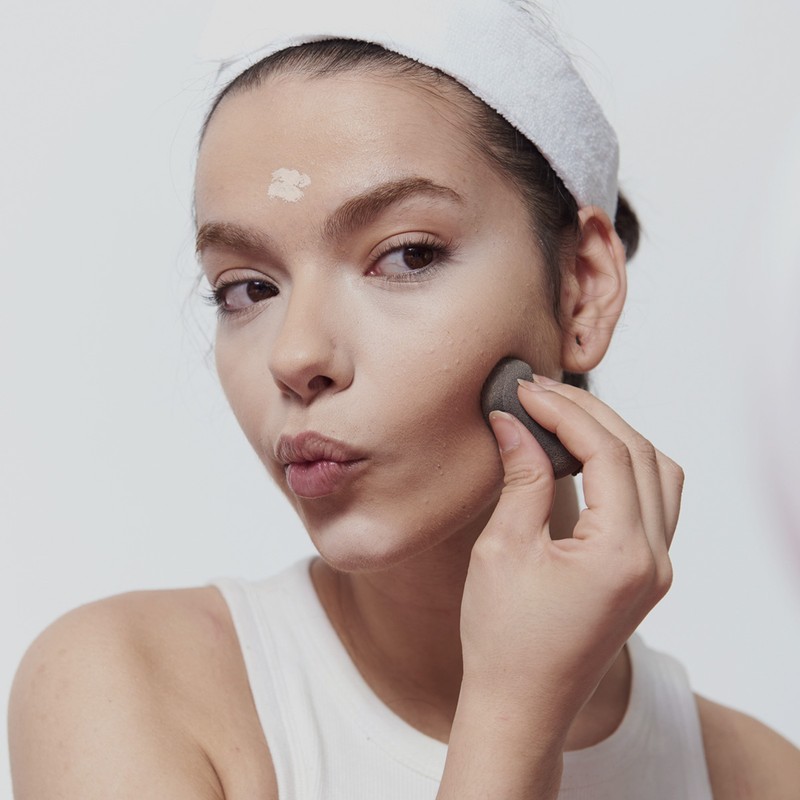9 Foundation Mistakes To Stop Making Now
You’re Using Different Textures
“Blending your base, concealer, blush, bronze and highlight is far easier when they’re the same texture. Often, a key problem in creating a smooth-looking base is mixing powders, creams and liquids – it causes pilling (when the products roll off in little balls) and it can make your skin look flat. Where possible, try to stick to one texture. I recommend using cream textures as they work so well together, and then at the last minute dusting powder only where you need it to mattify.” – Celia Burton, make-up artist & European representative for Glossier
Your Brushes Aren’t Right
“Technique is paramount when it comes to flawless foundation. You want your base to melt into the skin, rather than just sitting on top of it. Find brushes with a flat base and fluffy hairs to really buff the product in. Use a dabbing motion to push it down, rather than wiping it on and off in the same motion. If you see creases or streaks starting to form, keep working the formula in and be sure to buff around the jaw and hairline to avoid tidemarks.” – Em-J, vegan & cruelty-free make-up artist
You’re Applying Too Much
“I see a lot of videos on social media of people dripping their skin in foundation. It might look flawless, but it isn’t an effective way of getting long-lasting results. In fact, too much foundation will slide across your skin throughout the day, settle into fine lines and it won’t ever set into its correct finish. You’re far better to layer up gradually and slowly, focusing on the areas that need the most coverage. My tip is to apply one pump of your foundation to the back of your hand, then take a brush to pick up small amounts and use it sparingly. Applying it to your hand allows you to control what you’re using, so you never use too much product in one go. Try buffing it in with Vieve’s 117 Brush or Charlotte Tilbury’s Magic Complexion Brush” – Levi-Jade Taylor, make-up artist
You’re Not Switching It Up
“It might sound like a faff, but you should be changing your foundation depending on the season. This has nothing to do with your skin tone – it’s to do with your skin’s needs. For instance, in the winter, skin can be drier from the cold weather and central heating, making the finish of your foundation look cakey. So, it’s important to use more hydrating textures that freshen and smooth. If you can’t afford to invest in a new foundation, simply tweak the formula you have with a little oil or moisturiser.” – Jennifer Oliver, make-up artist
You’re Not Letting It Set
“It may sound obvious, but make-up artists really spend time layering foundation and letting it set. Foundation needs time to bed into your skin, so it’s a good idea to wait before you apply more. Buff on your first layer, let it sit for a second or two while you do your brows or lips, then go in with some more if you think you need it. Once this is done, take a step back and see what your foundation is doing – if you don’t need any more, just use concealer in the areas that need a bit more brightening. Allowing for breaks won’t just help your make-up look flawless, it’ll ensure it stays put.” – Jessica Kell, make-up artist
You’re Not Blotting Your Skin
“Before you set your foundation with powder, open a tissue and firmly press it into your skin. This is the best way to pick up any excess product. It also helps to press the rest of the product right down into your skin, giving more of a smooth, airbrushed finish. A clean flannel works too, but it can lead to lots of washing. On top of blotting, I recommend using a cotton bud to clean any foundation off your lips, brows and along your lower lash line before continuing with your make-up. These are the areas that give the game away if you’re trying to create that flawless ‘second skin’ effect.” – Celia
You’re Skipping Setting Spray
“Do you find your foundation sliding off by 4pm? It’s one thing to make it look flawless as you apply it, but getting it to set is something many of us struggle with. For any events where I need my base make-up to last, I always finish off my skincare prep with a good setting spray. Applying the foundation on top helps to give it more grip and keep it in place. Try it – nothing works better to keep base make-up looking as though it’s only just been applied. Many of us see setting spray as unnecessary, but it can really make a difference, providing you use it right.” – Jennifer
You’re Not Playing With Textures
“Applied neat and haphazardly, foundation can look flat and lifeless. It pays to mix it with other textures to get a better finish. If you want slightly lighter coverage, mix your foundation with a tiny blob of moisturiser, then apply it all over for a fresher, dewier finish. I recommend mixing foundation with your concealer, too. This allows you to build up coverage in areas where you want a thicker, more matte effect, which you can then powder lightly to create a velvety finish. It’s all about having a play and ensuring your foundation has more life to it. Another tip is to mix it with a small amount of highlighter or facial tan – this instantly breathes life into your skin and the sheen will catch the light nicely throughout the day.” – Jessica
SHOP OUR PRODUCT EDIT
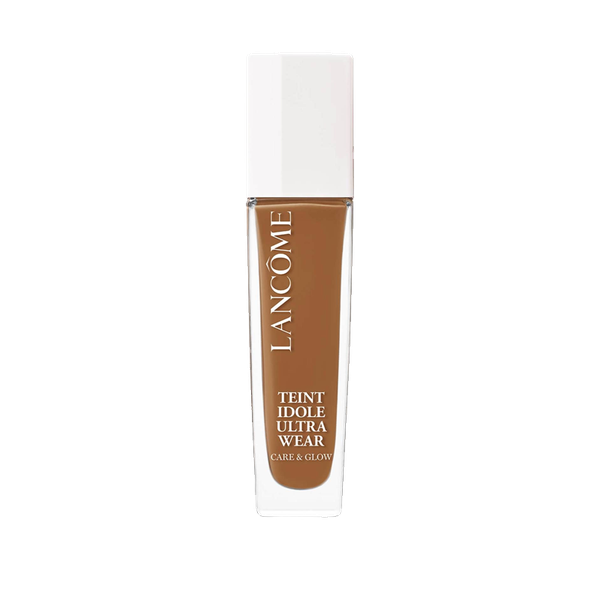
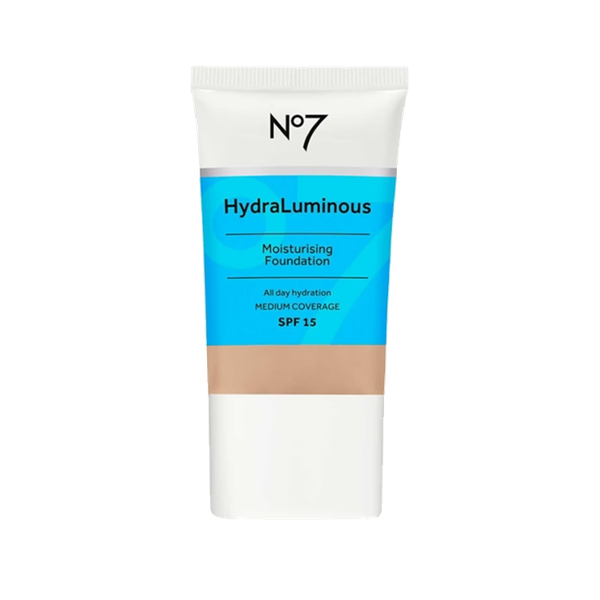

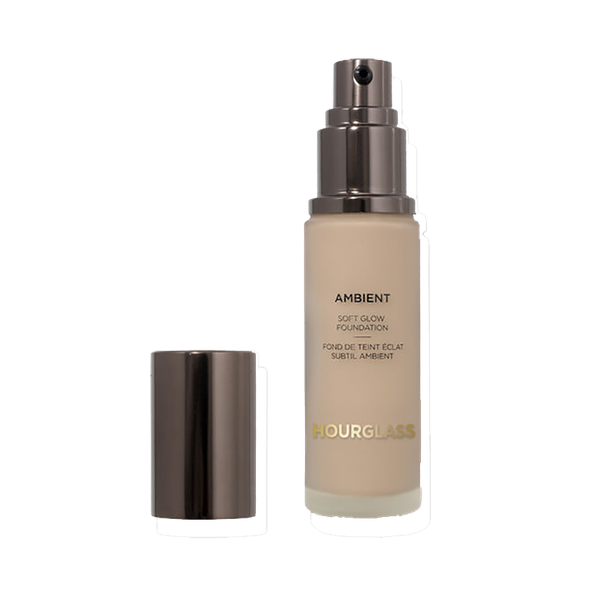
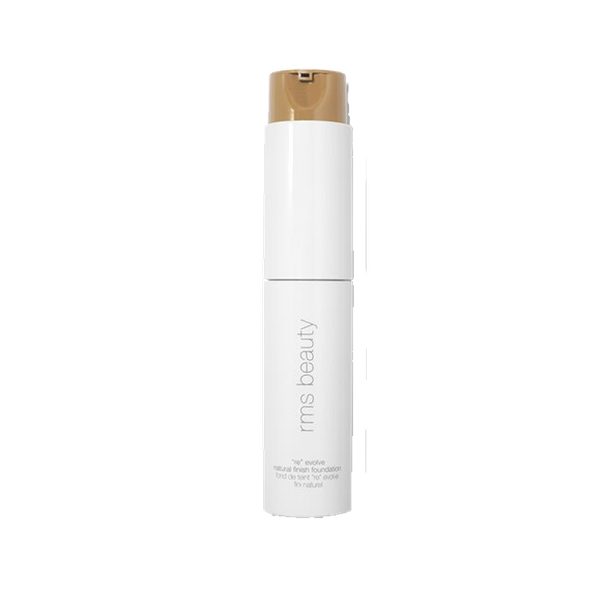
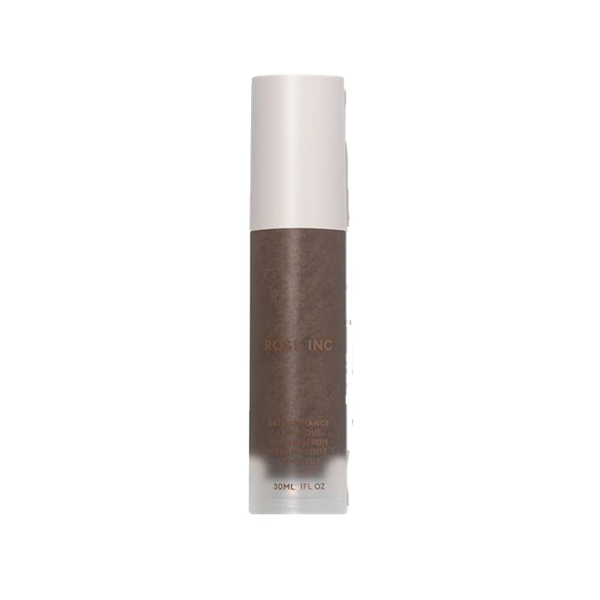
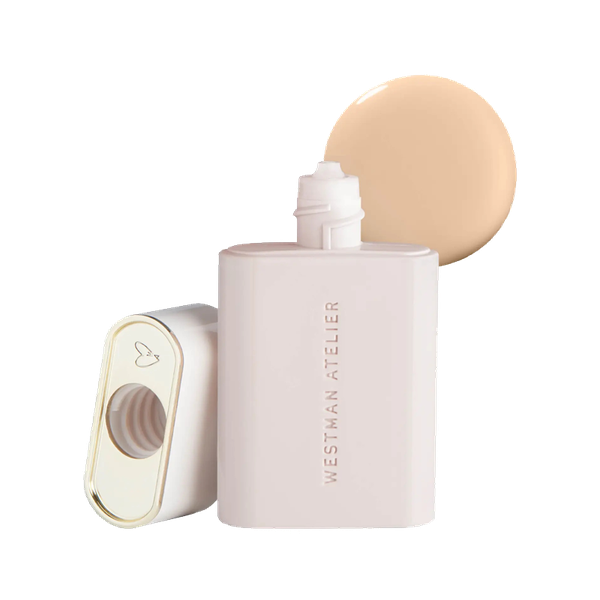
DISCLAIMER: We endeavour to always credit the correct original source of every image we use. If you think a credit may be incorrect, please contact us at info@sheerluxe.com.
